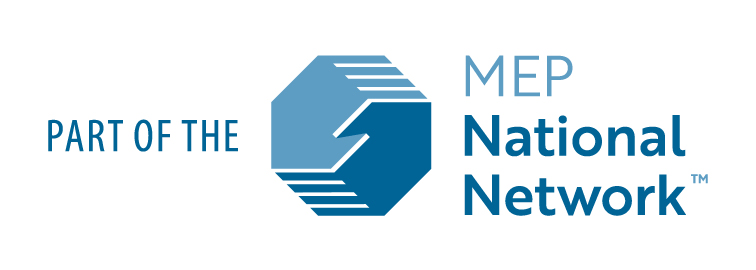Friday, May 17 2024
Productivity and Personnel - The Resurgence of Training Within Industry
Written by Doug Hanawalt, Lead Productivity Improvement Specialist

Productivity in the manufacturing workplace is usually related to the type of employees being hired and more importantly, the way they are trained on the job. New hire orientation varies greatly from company to company and new or inexperienced hires are the greatest risk to a company’s success. Having a training system in place to instruct all types of employees (current and new) is critical to the success of modern-day manufacturing companies.
Training Within Industry (TWI) is a program that was developed during World War II by the War Manpower Commission when most manufacturing workers were called away to fight the war. The workers that were left behind were a smaller and less experienced group that had to fill the open jobs, most of which were jobs that were converted over to make the varied materials required to support the war effort.
Since the early 2000s and then most evidently during the recent COVID-19 virus outbreak, the manufacturing sector has been challenged again with a shortage of skilled workers. Due to these situations, TWI programs are seeing a resurgence. Job Instruction is a structured training method that can help all types of companies meet the need of getting new or unskilled workers trained and efficient on the job much more quickly than traditional on-the-job training.
The process begins with creating a Job Instruction Breakdown (JIB) for each job. The JIB utilizes the company’s existing work or operator instructions, standard operating procedures, or quality documentation. The JIB is then used to train all associated with the various manufacturing positions. The first half of the Job Instruction course is instructor-led, and the second half of the class is based on participant demonstrations. The participants learn as much or more from each other as they learn from the instructor.
Companies often ask if the JIB can be used as a replacement for standard work documentation. In actuality, the intention of the JIB is to be used as a training guide (based on standard work) that demonstrates "one best way” to complete each job.
Together with the development of a Training Timetable, a quality training program is put in place that determines who needs to be trained, for what job, and by what date. It emphasizes building skills and confidence in the “one best way” to do a job.
Results to be expected by implementing a Job Instruction training program.
- Increased Output
- Reduced Training Time
- Fewer Job Site Accidents and Errors
- Higher Job Satisfaction
Purdue MEP is a resource for Indiana manufacturers looking to improve productivity, quality, and uptime at their organization. Whether it is continuously improving manufacturing processes, learning how to properly train employees, or implementing preventive maintenance Purdue MEP can help businesses overcome typical manufacturing hurdles. Please reach out for additional information at mepsupport@purdue.edu.
Writer: Doug Hanawalt, 317-275-6810, dhanawa@purdue.edu


